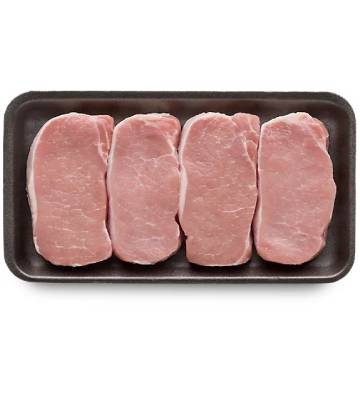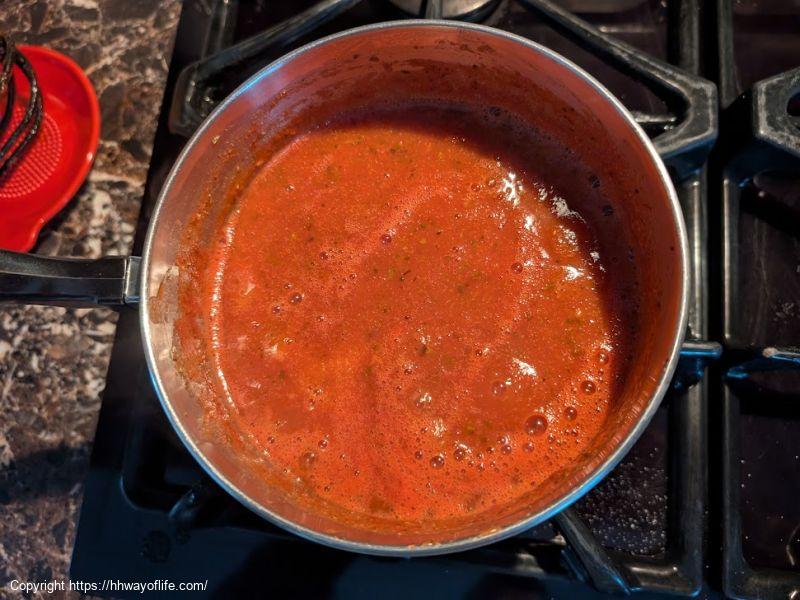Food Nutrition Facts
Nutrition Facts For
Pork
Portion Size: 1 Lb
| Nutrient | Value | % Daily Value* |
|---|---|---|
| 69.0 kcal | 3% | |
| 4.0 g | 1% | |
| 1.0 g | 0% | |
| 23.0 mg | 8% | |
| 18 mg | 1% | |
| 120.0 mg | 4% | |
| 0.0 g | ||
| 0.0 g | ||
| 0.0 g | ||
| 0.0 g | ||
| 8.0 g | ||
| Pork |
*Daily value based on a 2,000 calorie diet. Your daily values may be higher or lower depending on your calorie needs and health goals.
Calculate your daily calorie needs here
Nutrition Facts For 1 Lb of Pork

Pork, the culinary name for the meat of the domestic pig, is a widely consumed and versatile protein source across the globe. From succulent pork chops and tenderloins to flavorful bacon and savory sausages, pork offers a diverse range of cuts and preparations, each with its unique characteristics. Its flavor profile is generally mild and slightly sweet, making it receptive to a variety of seasonings and cooking methods. Pork can be roasted, grilled, braised, smoked, or pan-fried, adapting well to both simple and complex dishes. Its adaptability and affordability have contributed to its enduring popularity in cuisines worldwide.
Beyond its culinary appeal, pork is a significant source of nutrients, providing essential proteins, vitamins, and minerals. It is a particularly good source of thiamin, niacin, and vitamin B12, as well as minerals like zinc and iron. However, it's important to note that the nutritional content of pork can vary depending on the cut and how it is prepared. Leaner cuts of pork, such as pork tenderloin, offer a healthy source of protein with lower fat content, while other cuts may be higher in saturated fat. Choosing lean cuts and employing healthy cooking methods can maximize the nutritional benefits of pork while minimizing potential health concerns.







